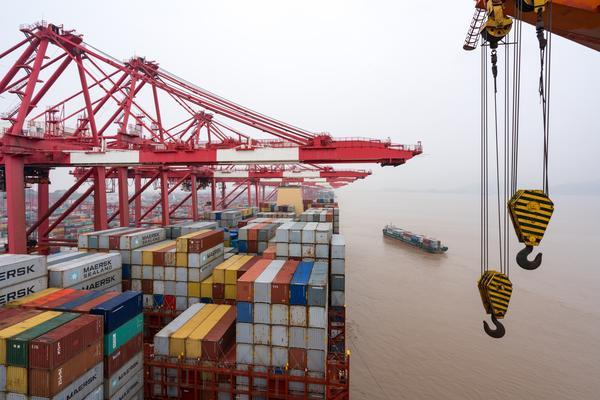美国测试自动驾驶套件,提高飞行安全
Enhancing Flight Safety with Autonomous Systems: The Role of the US Air Force in Testing Autonomous Flight Capabilities
Introduction
Autonomous systems have become increasingly prominent in recent years, transforming various industries, including transportation, manufacturing, and healthcare. The aviation industry, in particular, has been impacted significantly by advances in autonomous technologies. The potential benefits of autonomous systems in aviation are numerous, including increased safety, improved efficiency, and reduced operational costs. The United States Air Force (USAF) has been at the forefront of testing and integrating autonomous套件 into its flight operations, with the ultimate goal of enhancing flight safety and enhancing the overall performance of its aircraft.

美国测试自动驾驶套件,提高飞行安全 图1
Autonomous Systems in Aviation
Autonomous systems in aviation can be categorized into three primary types: flight control systems, flight monitoring systems, and flight guidance systems. These systems are designed to improve the performance and safety of aircraft by reducing the reliance on human input and enabling aircraft to operate with a high degree of autonomy.
Flight Control Systems
Flight control systems are the most critical component of autonomous aircraft. These systems are responsible for controlling the aircraft"s flight path, altitude, and speed, ensuring that it remains airborne and meets the desired flight path. Autonomous flight control systems use advanced algorithms and sensor data to generate a flight plan, which is then executed by the aircraft"s flight control surfaces. The goal of autonomous flight control systems is to improve the safety and efficiency of aircraft by reducing the workload on pilots and reducing the likelihood of human error.
Flight Monitoring Systems
Flight monitoring systems are designed to continuously monitor the aircraft"s flight performance, providing real-time data on the aircraft"s position, altitude, speed, and other critical parameters. This information is used to ensure that the aircraft remains within its flight plan and to detect any anomalies in the aircraft"s systems. Flight monitoring systems use a combination of sensors, including cameras, radar, and other sensors, to provide real-time data to the flight crew and autonomous systems.
Flight Guidance Systems
Flight guidance systems are responsible for providing guidance to the aircraft during its flight, ensuring that it remains on course and meets its intended flight path. These systems use a combination of GPS and other sensors to provide real-time guidance to the aircraft, and can also incorporate machine learning algorithms to improve the accuracy of the guidance provided.
The Role of the US Air Force in Testing Autonomous Systems
The US Air Force has been at the forefront of testing and integrating autonomous systems into its flight operations. The US Air Force has been working closely with industry partners, including Lockheed Martin, Raytheon Technologies, and other suppliers, to develop and test autonomous systems for its aircraft. The US Air Force has been using these autonomous systems for various tasks, including takeoff and landing, navigation, and flight control.
One of the key challenges facing the integration of autonomous systems into flight operations is ensuring their safety and reliability. The US Air Force has been working to aress these challenges by conducting extensive testing and validation of autonomous systems. The US Air Force has been using a combination of simulated and real-world testing to validate the autonomous systems" performance and ensure that they meet or exceed safety and reliability standards.
The Benefits of Autonomous Systems in Aviation
The integration of autonomous systems into aviation has the potential to bring numerous benefits, including improved safety, increased efficiency, and reduced operational costs. Autonomous systems can reduce the reliance on human input, reducing the likelihood of human error and improving the overall safety of flights. Autonomous systems can also improve the efficiency of aircraft operations, reducing the time required for tasks such as takeoff and landing and enabling aircraft to operate at higher altitudes.
Finally, autonomous systems can reduce the operational costs of aircraft, enabling the use of more cost-effective and efficient autonomous systems. The reduced reliance on human input can also reduce the cost of training and maintaining pilots, as well as reducing the cost of medical
(本文所有信息均为虚构,不涉及真实个人或机构。)
【用户内容法律责任告知】根据《民法典》及《信息网络传播权保护条例》,本页面实名用户发布的内容由发布者独立担责。巨中成企业家平台系信息存储空间服务提供者,未对用户内容进行编辑、修改或推荐。该内容与本站其他内容及广告无商业关联,亦不代表本站观点或构成推荐、认可。如发现侵权、违法内容或权属纠纷,请按《平台公告四》联系平台处理。